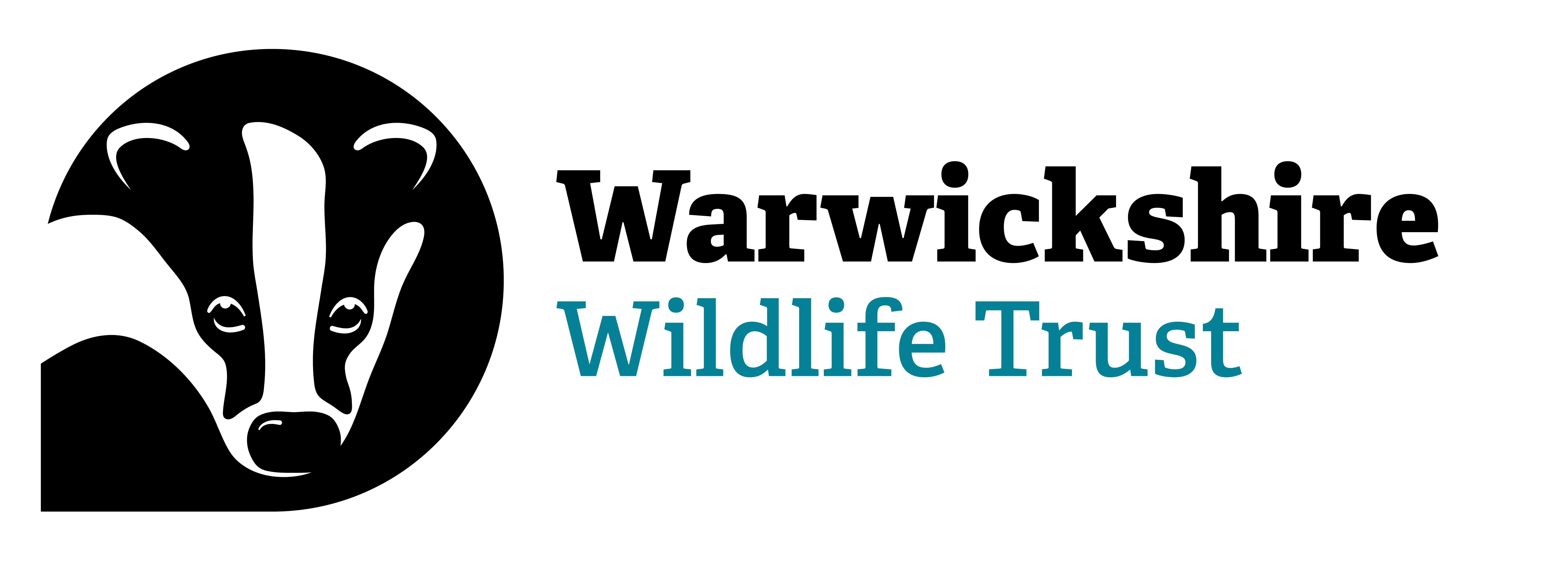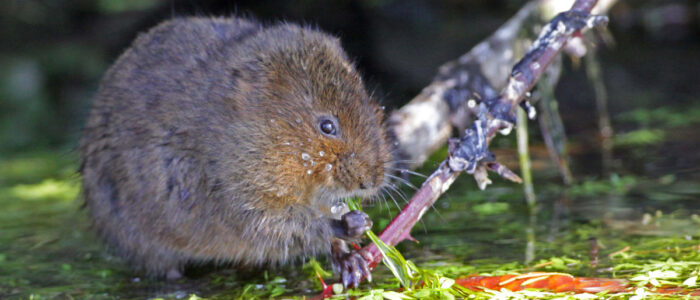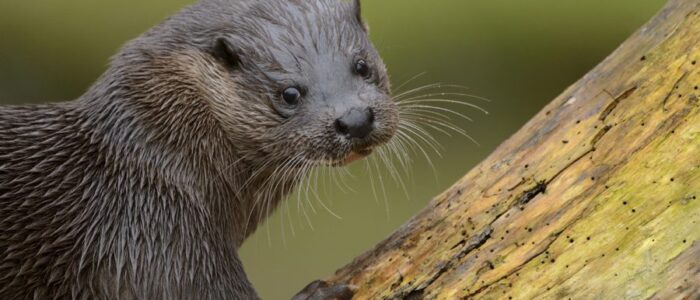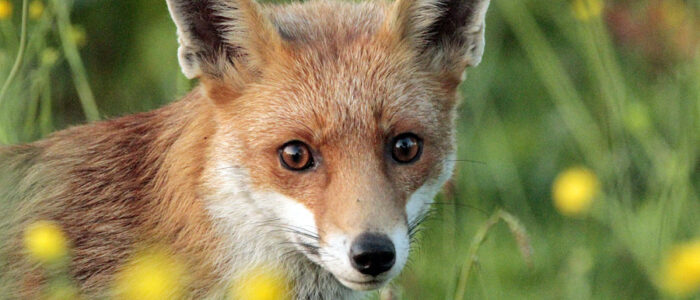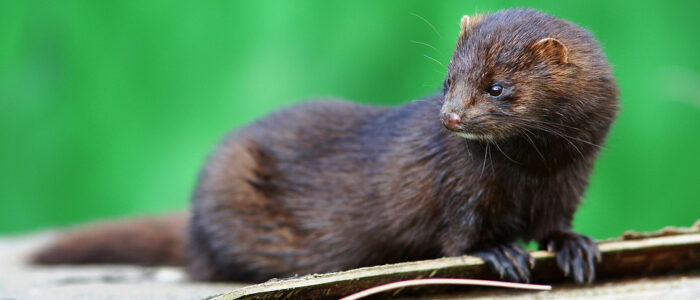Rivers and wetlands provide both an ideal home for a wide variety of mammals.
Otters
Otters are closely associated with wetlands and can be found on many of our major rivers and their tributaries. They will feed in the river on fish and invertebrates such as crayfish and then generally lie up during the day in one of their ‘holts’ amongst tree roots or in the riverbank.
Otters don’t just need rivers though, they also need the adjoining wetlands, marshes and wet woodland up to 5km from the main watercourse to rear their young and to provide a year round supply of food, including amphibians, small mammals and invertebrates.
Look out for otter spraints (sweet smelling and often containing fish scales) on prominent tree saddles, rocks and spits of land along the river edge, prints in soft mud (they have five toes, webbed feet and typically over 5cm across), otter slides on the river bank and rolling places in riverside vegetation.
After a long absence, otters are once again found all along the River Tame.
Water shrews
Water shrews like unpolluted streams, rivers, ponds and ditches and are good swimmers. They can often be seen scurrying along riverbanks with their long noses twitching, as they smell the air for insects. They are bigger than our other shrew species and have a very dark upper body and lighter lower body with a row of stiff hairs along the underside of their tail and hind feet to aid swimming.
Water voles
Water voles have suffered a huge decline due to loss of habitat and predation by mink and stoats. They like lowland rivers, streams, ditches and ponds where they graze on the bank side vegetation. Listen out for the characteristic ‘plop’ as they dive for cover.
See what we are doing to encourage the return of this iconic wetland animal.
